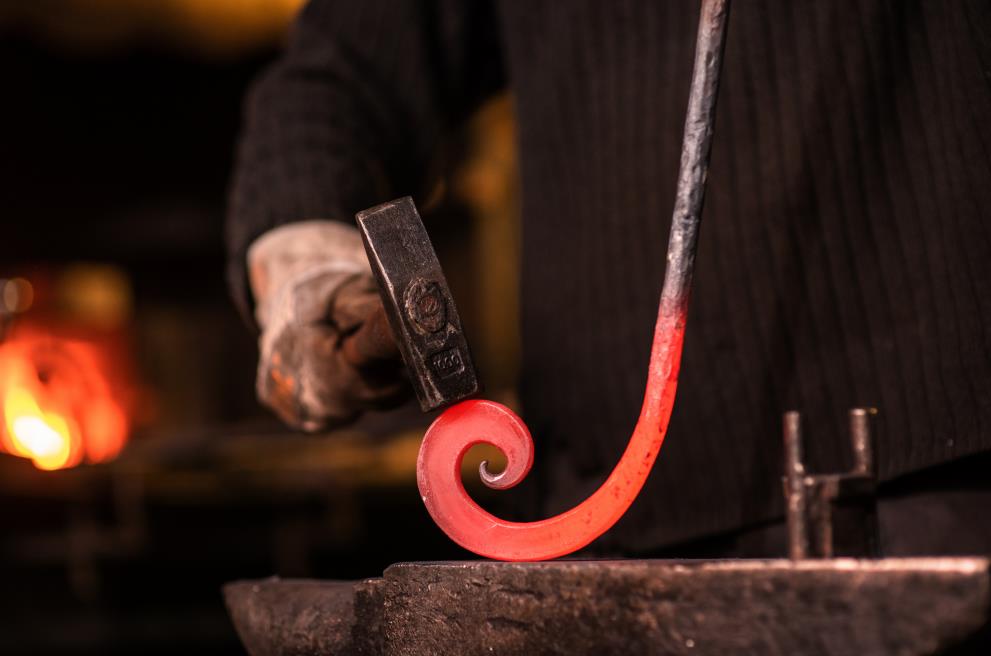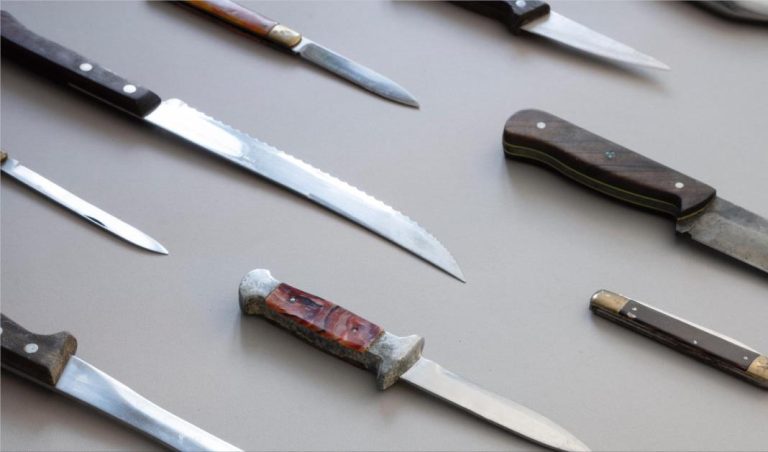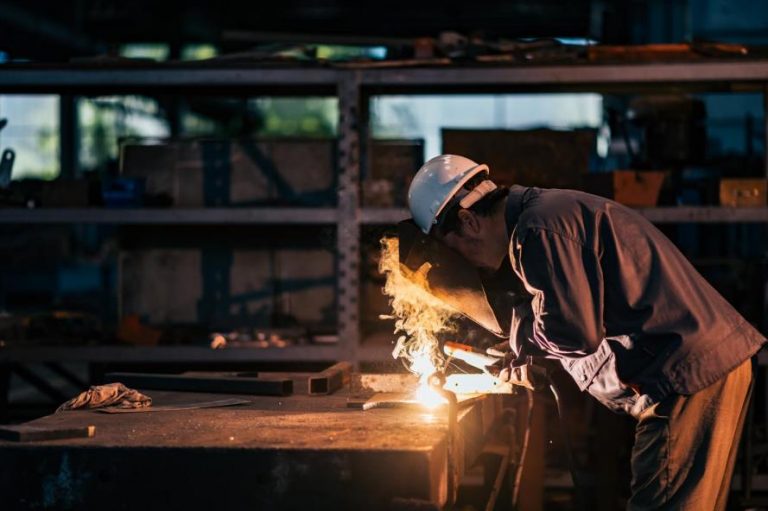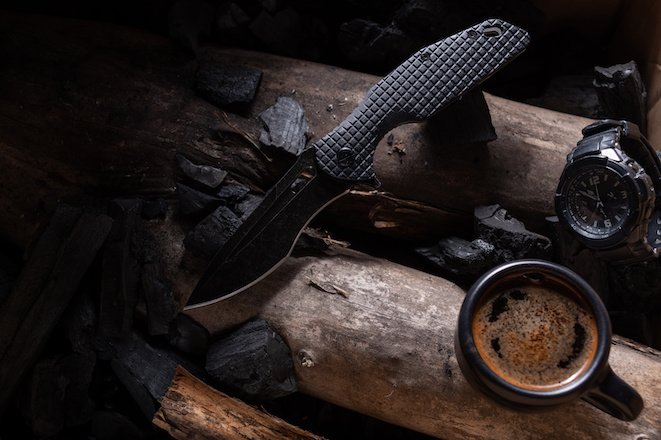All knives produced for consumers are made to reach the desired potential, and SG2 steel knives are one of those products that have gained a name of their own.
Keep reading to learn everything you’ll need about SG2 steel, its composition, features, pros and cons, uses and comparison with other knife steels.
What is SG2 steel?
SG2 steel is high-carbon stainless steel, mostly utilized as a knife steel. The name stands for Super Gold 2, stating its level of quality. SG2 is considered a super steel produced through powder metallurgy, it is also called SGPS (abbreviation for Super Gold Powder Steel).
SG2 steel was developed by Takefu Special Steel Co., Ltd, a Japanese company dedicated to produce high-end steel for the knife market. SG2 was released to the market in 1991 and became popular after its predecessor, SG1 steel, was halted.
SG2 was recently taken off the by Takefu, so it’s not widely available as before. However, it still has a wild popularity in the market, thus, they are now produced by other knife makers.
SG2 steel composition
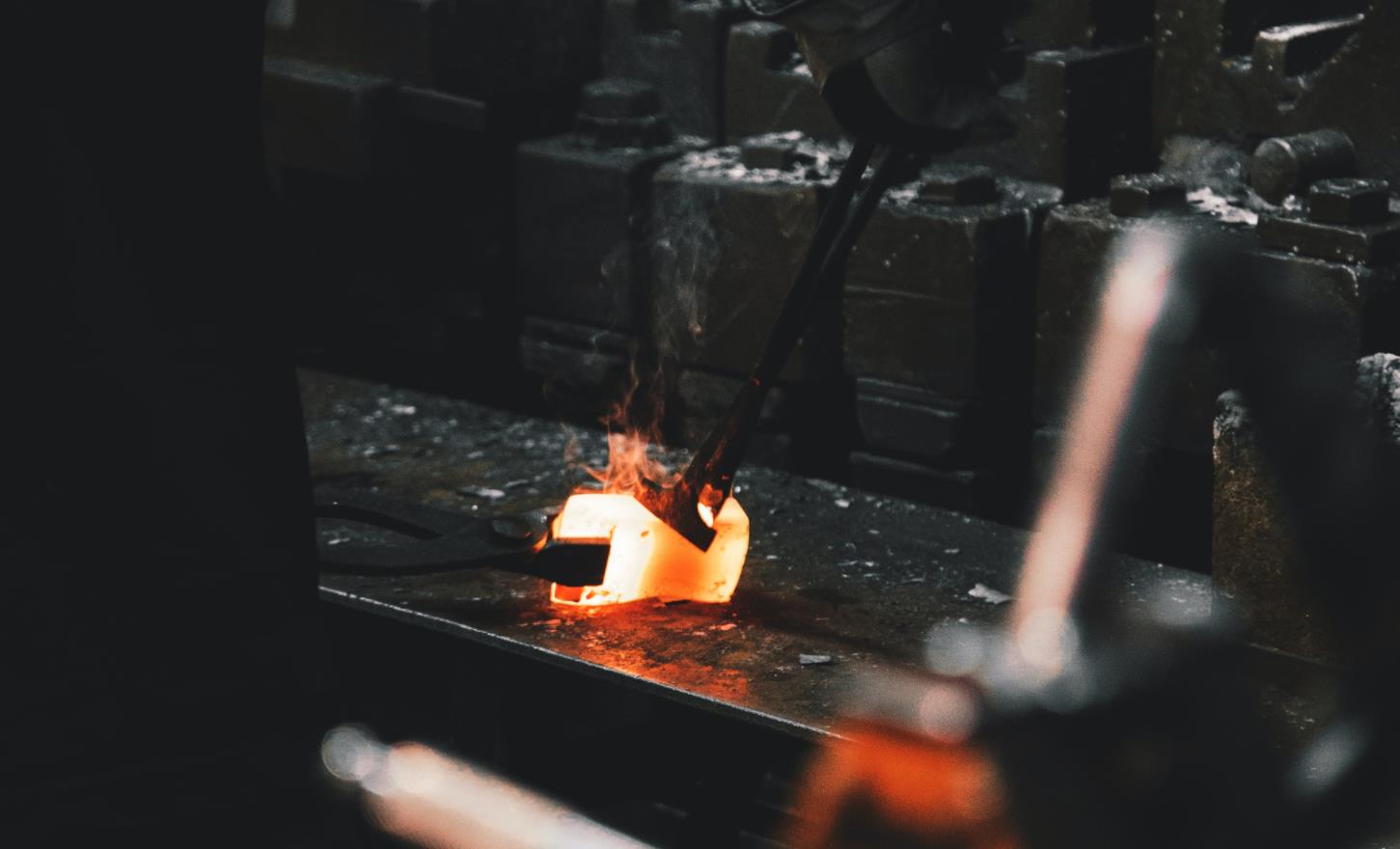
SG2 has a high amount of carbon and chromium that makes it a high carbon stainless steel. It’s also known by the ‘impurities’ in composition that shapes its property vastly, let’s take a look:
- 1.25-1.45 % Carbon (C): Carbon is the fundamental element alongside Fe when forming steel. While it’s essential, The amount is significant to make a difference. Since it’s a high C steel SG2 is a hard, tough and durable material.
- 14.00-16.00 % Chromium (Cr): Cr in the 10-11% range is sufficient to classify SG2 as stainless steel. However, higher Cr content makes SG2 more resistant to corrosion. Cr also increases brittleness, yet it is not high enough to cause a big deal.
- 2.3-3.3 % Molybdenum (Mo): Mo is added for additional corrosion resistance, but this isn’t this element’s only contribution. Mo also boosts tensile strength, hardenability and edge retention.
- 1.8-2.2 % Vanadium (V): V addition increases strength, toughness and wear resistance.
- 0.50% Silicon (Si): Si exists mainly to remove oxygen. However, it also increases strength and hardness.
- 0.40% Manganese (Mn): A small amount of Mn addition to SG2 steel increases the materials’ wear resistance and strength and decreases rigidity.
- 0.03% Phosphorus (P): P is considered an impurity in the material and enhances brittleness. Yet, it improves corrosion resistance and strength.
- 0.03% Sulfur (S): S addition increases brittleness, but on the other side, a small amount increases machinability.
SG2 as a powder steel knife
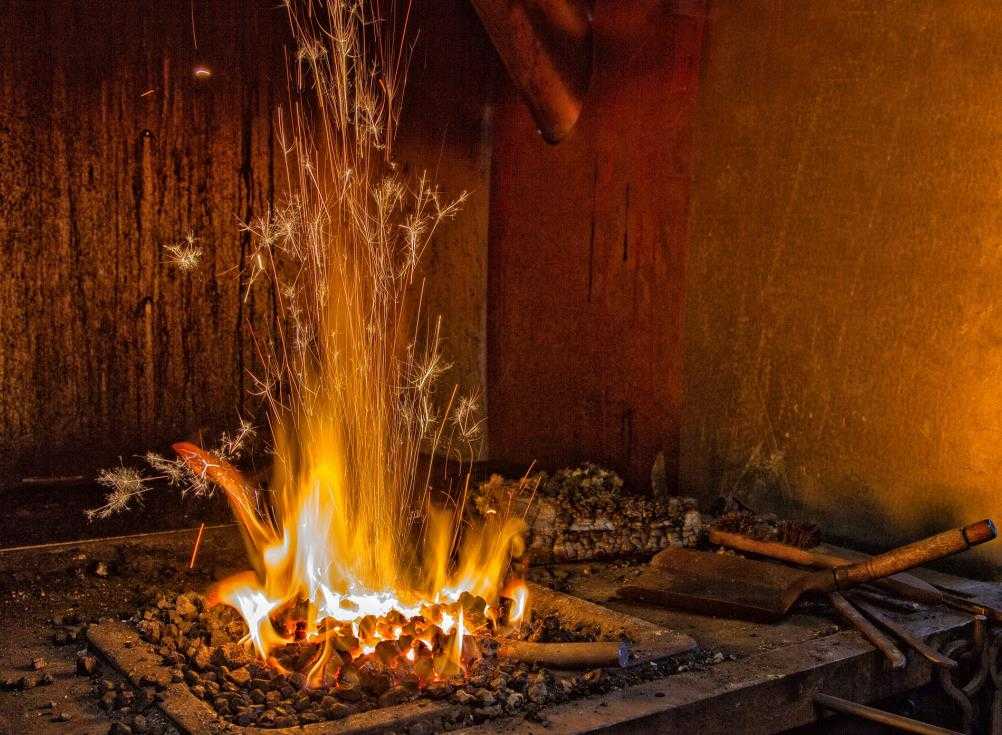
SG2 steel stands out as powder metallurgy manufactured steel.
To put it more simply, powder metallurgy is a method in which metal parts are made using fine metal powders under 1 mm. With this method, metals that other methods cannot produce can be obtained.
Being produced by powder metallurgy enables SG2 steel knives to reach a gold standard quality in kitchen knives. The consistent grain structure of SG2 powder steel provides various properties. As we will talk about the properties of SG2 steel in the following.
Properties of SG2 steel
Hardness
As a consequence of powder metallurgy techniques and high carbon content, SG2 is one of the hardest steel out there.
It can reach up to 64 HRC hardness on the Rockwell scale. This is an essential characteristic for a knife. Harder in steel means the steel is able to cut through ingredients with significantly less force.
Toughness
As a quirk of the rules of metallurgy, hard steels are generally less tough. They are inclined to break when chipping. SG2 steel is not too brittle, but its toughness can’t be considered its strongest feature. However, for everyday use and slicing purposes, SG2 is good to go.
Ease of sharpening
Despite its hardness, SG2 steel is not so difficult to sharpen. The fine grains resulting from being powder steel make this material sharp and easy to sharpen.
Edge retention
As a hard steel, SG2 won’t easily deform and therefore keeps its edge.
Corrosion resistance
High Cr and Mo in the composition of the steel make it resistant to corrosion. Thanks to this feature it is suitable to use in humid and salty environments.
Wear resistance
SG2 has a high level of wear resistance and works well under adhesive and abrasive conditions. Also SG2 is sometimes laminated so it adds extra protection to its surface and prevents wear.
Why are SG2 steel considered good for kitchen knives?
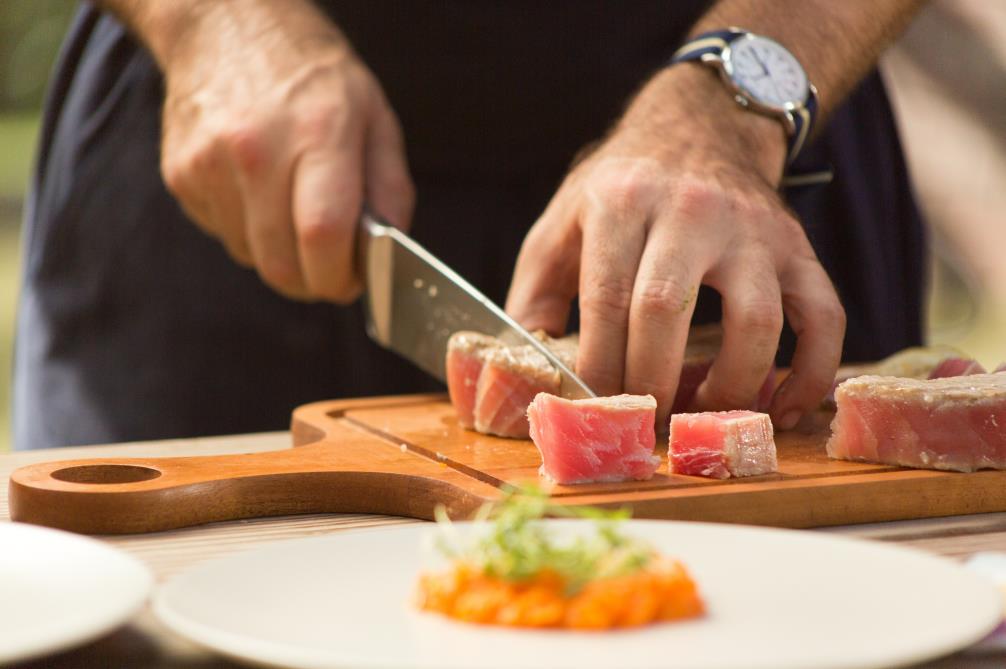
SG2 is designed for high-end kitchen knife products. They are extremely hard in order to make fine slices. They offer great edge retention, wear resistance, and decent toughness. On top of that, SG2 steel is easy to sharpen for a home cook. It’s safe to say that SG2 steel is one of the most trouble-free choice for a kitchen knife steel.
In summary, it is one of the best steel for any knife businesses. The only downside – and it’s a big one – is it’s a rather expensive steel and is hard to come by.
Buy Wholesale Knives and Start Scaling up with Us Today
Contact us and connect with a sales rep to get a free quote.
SG2 steel vs. other steel
SG2 vs S30V: S30V is powder steel, just like SG2. The main difference between them is that S30V contains more Vanadium. The addition of Vanadium forms vanadium carbides, and as a result, hardness, edge retention, and wear resistance improves and the ease of sharpening declines.
SG2 vs ZDP 189: ZDP 189 is also a super steel produced through powder metallurgy. It is similar to Cowry X in terms of composition and performance. Having 3% C and 20% Cr content, ZDP 189 is a high Carbon, high Chromium steel. Unfortunately, this composition makes it hard to work with, so ZDP 189 steel knives are often handmade and rare.
SG2 vs Blue steel: Blue steel is another Japanese steel known as Aogami. Aogami is also a high C steel with a great sharpness and edge retention. Blue steel is one of the most preferred Japanese steels in knife making and was frequently produced for sushi knives. Aogami steel has three different types: Aogami#1, Aogami#2 and Aogami Super. The main differences between blue steel and SG2 are blue steel non-stainless.
SG2 vs VG 10: VG10 is another Takefu Steel Japanese knife product manufactured for kitchen knives. SG2 steel has better edge retention, ease of sharpening and corrosion resistance. On the other hand, VG10 is more versatile(all-purpose), lighter and cheaper. There is also VG-MAX, a version of VG10 with higher Cr and Mo content.
Closing
SG2 steel is one of the best choice as your brand’s primary steel. If you are targeting a high-end, professional crowd of chefs, and has the budget and commitment for the production, SG2 will surely accomplish your expectations.
Contact us today if you are interested in selling knives like SG2, at LeeKnives, we provide a list of services for Dropshipping, wholesale, OEM and ODM to scale your business.
